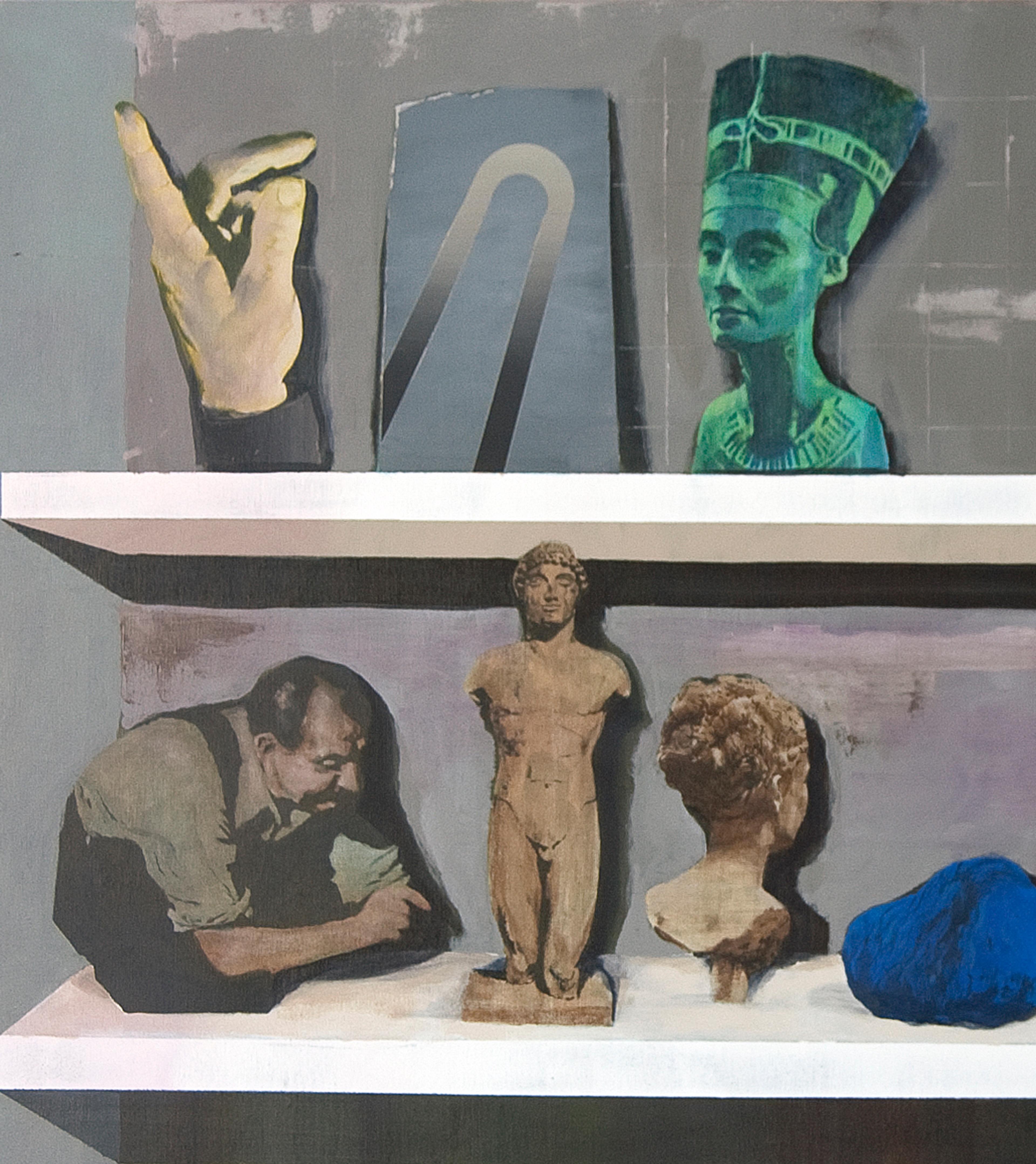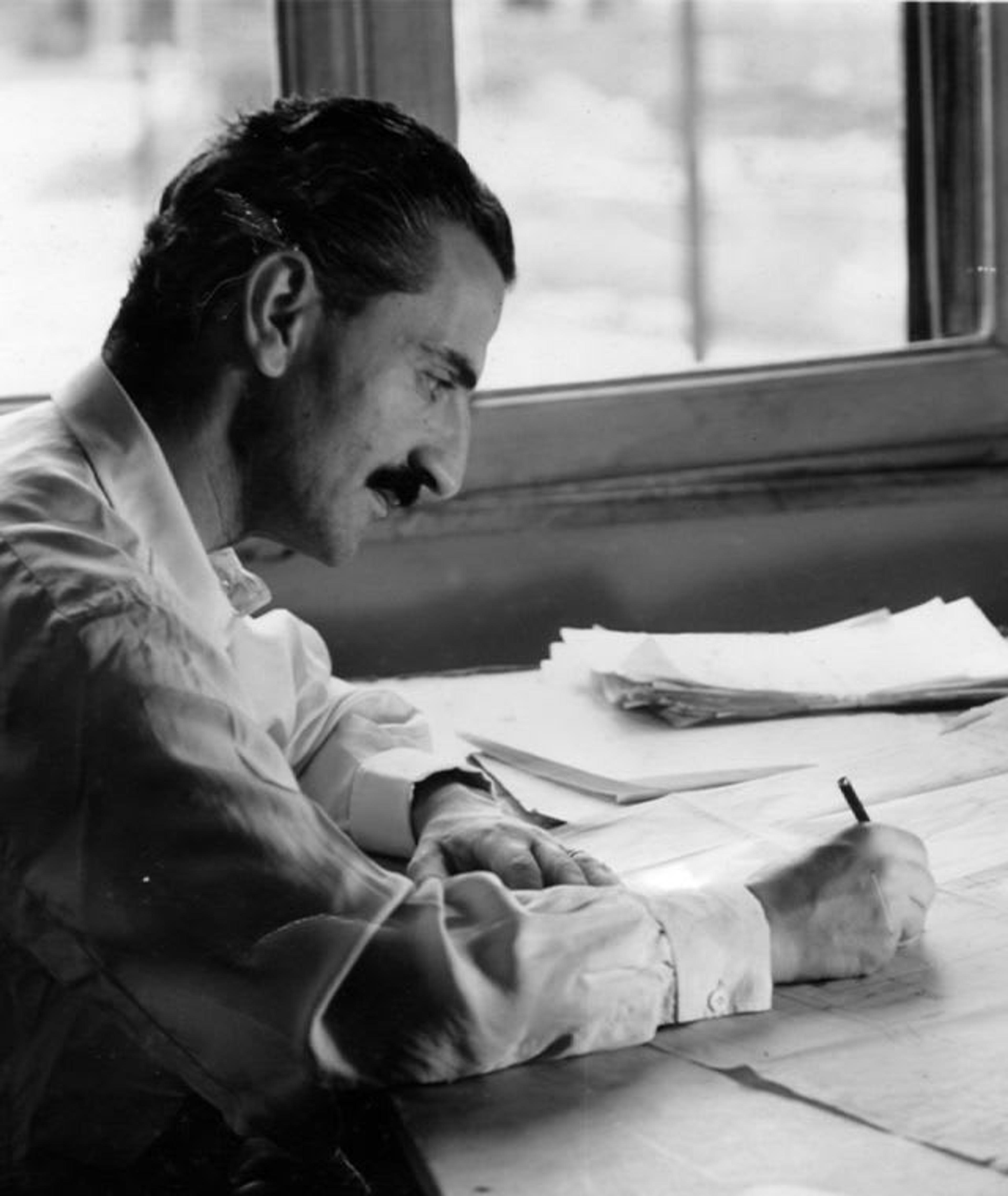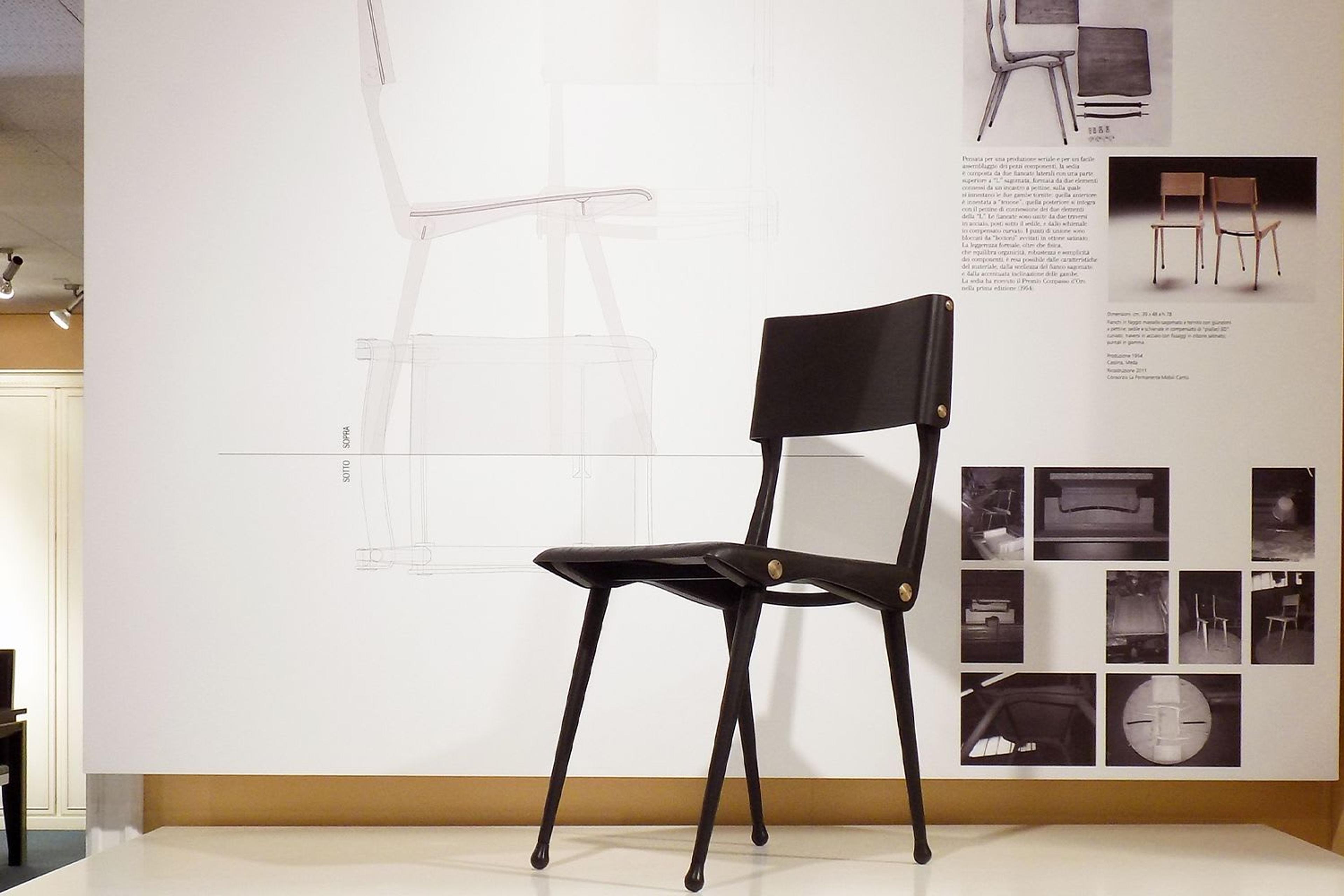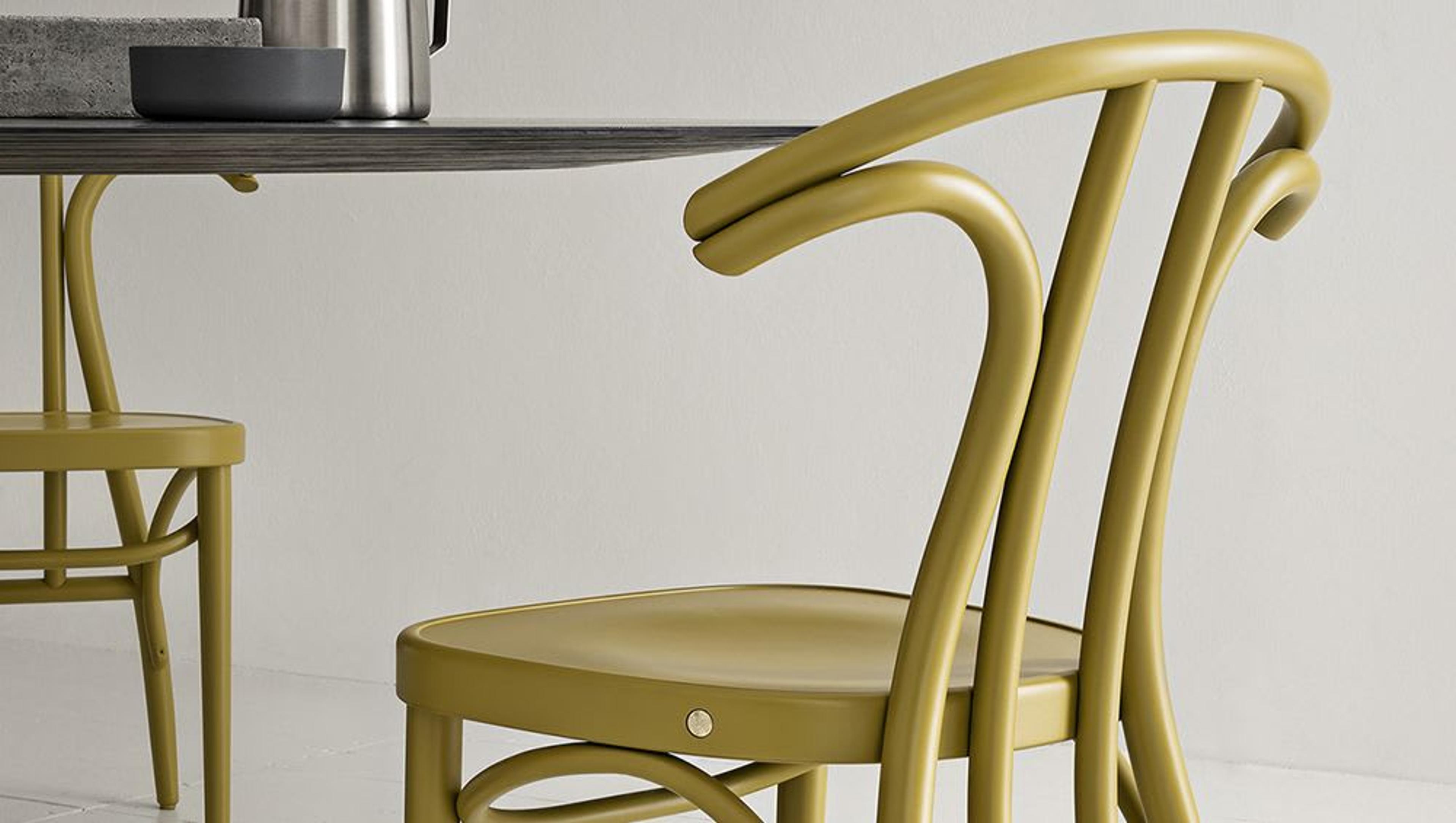
Design Icon: Carlo De Carli
Approfondisci la storia di Carlo De Carli, influente designer e architetto che divenne una delle voci accademiche più importanti del movimento del Modernismo a Milano. Indaga la sua linea di pensiero, che lo ha portato a diventare una figura rinomata, dando forma a generazioni di architetti e designer. Dalle poltrone in legno alle strutture per letti in ottone, scopri i mobili iconici che ha progettato per La Permanente Mobili Cantù.
Il contenuto di questa pagina è stato tradotto automaticamente. Vai al sito in inglese
Carlo De Carli è nato a Milano nel 1910 da una famiglia legata al lago di Garda, il cui paesaggio naturale e la cui storia culturale hanno influenzato in modo determinante la sua visione. Dopo la laurea in Architettura al Politecnico di Milano nel 1934, entra a far parte dello studio milanese di Gio Ponti: questa collaborazione plasma profondamente il linguaggio di De Carli come architetto e designer e segna l'inizio della sua influente carriera.
De Carli ha concentrato la maggior parte della sua carriera nella progettazione di edifici dal dopoguerra in Italia fino alla fine degli anni Settanta, creando continuamente una visione e un'interpretazione unica del settore: dall'importanza della produzione artigianale alla necessità di una ricerca costante, è diventato un illustre professore e un importante saggista.
Come architetto, il primo progetto importante di De Carli risale al 1947, quando progetta la Casa per Uffici e Abitazioni in via dei Giardini 7 a Milano, nei cui sotterranei costruirà dopo pochi anni il Teatro Sant'Erasmo con la collaborazione dell'architetto Antonio Carminati. La successiva serie di edifici milanesi è stata concepita sulla base della sua peculiare visione dell'architettura, incentrata sullo Spazio Primario.
Lo Spazio Primario segue il principio originario dell'architettura di trovare in ogni spazio il senso e l'accoglienza della vita umana. Inizialmente, lo Spazio Primario non ha proprietà fisiche o altre determinazioni formali, ed è incentrato sull'attenzione alla "preziosità" della persona umana, in un rapporto stringente tra architettura ed etica, architettura e politica, superando la semplice utilità funzionale.
Questo si riflette anche nella sua pratica di designer di mobili, con ogni elemento che viene spogliato di dettagli superflui pur mantenendo una figura essenziale ma bella, come nella Sedia Compasso d'Oro in Naturale e nel Tavolo con Centro in Vetro in Noce, entrambi editi oggi da La Permanente Mobili Cantù.
Ciò che rende Carlo De Carli una figura così iconica dell'architettura e del design del XX secolo è il suo essere prima di tutto un educatore e un professore, con una carriera accademica iniziata nel 1962, quando ha ottenuto la cattedra di Architettura al Politecnico di Milano, appartenuta prima di lui al collega Gio Ponti. Le sue continue elaborazioni sulla teoria, la metodologia, la critica storica e il design sono studiate ancora oggi e rimangono incredibilmente attuali, formando nuove generazioni di architetti e designer a livello globale.










